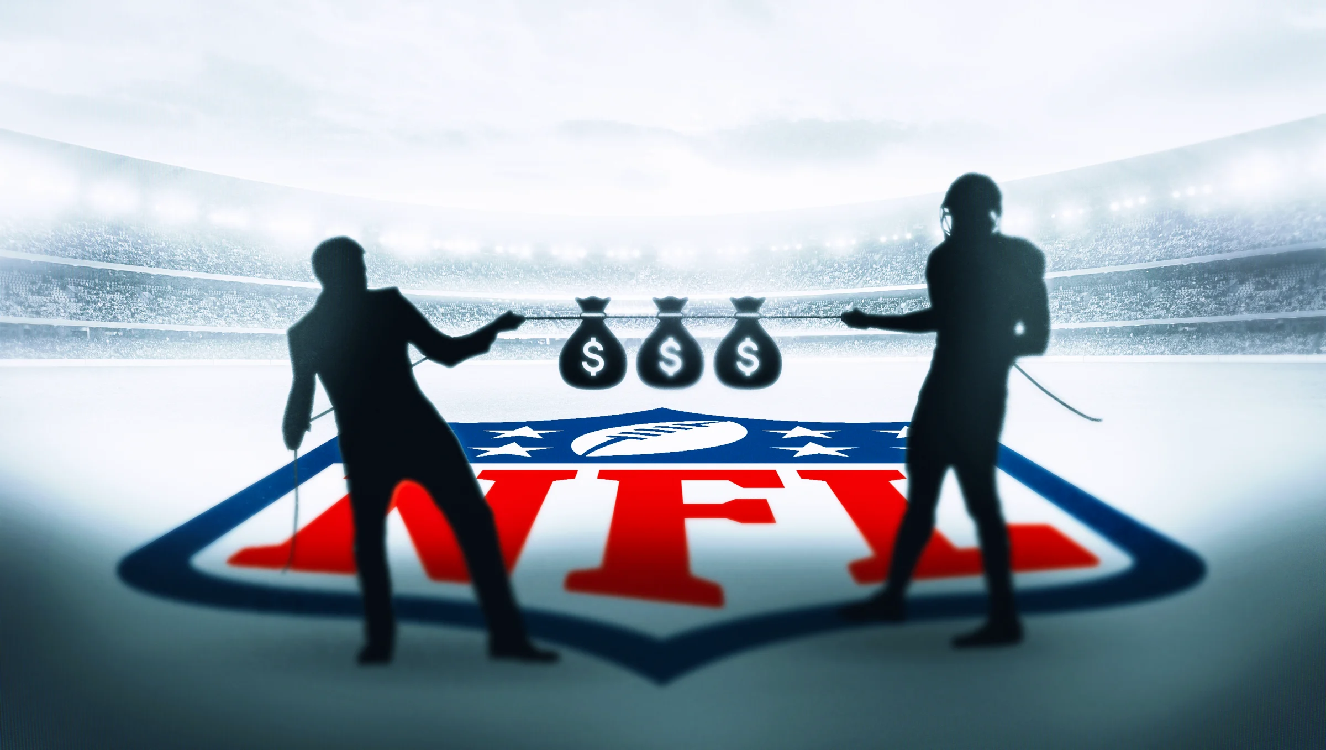18-game NFL season is coming, but the negotiating clash is just beginning

If league can reach 18, it can jump-start goal of 16 international games per season
The 18-game NFL regular season is coming. It’s a matter of time, money, reorganization — and some inevitable hand grenades tossed across the negotiating table.
It’s the same as it was in 2008, when NFL team owners triggered an early opt-out clause in the collective bargaining agreement. Same as it was when the league tried in vain to get a 17th game added into the 2011 CBA (the current CBA doesn’t contain an opt-out clause). And same as it was nine years later, when players finally agreed to expand the schedule, negotiating a tradeoff for a larger share of revenue, a more accessible pension, a handful of veteran-friendly contract and franchise and transition tagging enhancements, and changes to the league’s drug-testing and suspension policies.
All of that came with a cost, of course. There were nasty exchanges between the league and the union, leaving bruises on the reputations of NFL commissioner Roger Goodell and former NFLPA executive director DeMaurice Smith. But the pact also made the league’s team owners richer, while simultaneously pumping more money into a rapidly expanding salary cap. The exchange has helped franchise valuations soar to unprecedented levels, while paving the way to significant contract spikes at nearly every position on the field.
This is why there will be an 18th game in the NFL’s regular season. It will benefit enough people to make it worthwhile. But it’s also why there’s a dance happening right now because getting to that agreement will mean digging trenches and carefully crafting a plan of attack. That’s what the league and players union are beginning to do.
That’s what you are hearing when Goodell talks about adding an 18th regular-season game, dropping a preseason matchup and adding in a second bye week — but fails to address the key issue of revenue split, which is going to be the biggest hurdle in any agreement.
It’s also what you’re hearing when the NFLPA leaks out the idea of restructuring the league’s offseason, potentially eliminating organized team activities and other “voluntary” work that keeps players orbiting around team facilities in the offseason — but tries to distance that idea as part of an exchange for an 18th game.
Here’s the truth: It’s all part of a dance for an 18th game. It’s not the big dance. It’s the warmup routine — stretching, getting loose and feeling out a rhythm before the complicated steps get taken. But that latter part is coming.
NFL commissioner Roger Goodell sees an 18-game regular-season schedule in the league’s future. (AP Photo/George Walker IV)
With that in mind, here are three key issues coming down the pipeline during this wrangling for an 18th game, along with how it impacts players, club owners, team staffs and the league in general …
1. Money: The fight about 50 percent of the pie
In every labor negotiation between franchise owners and players, this is always the most important discussion at the table. Following the negotiation of the 2006 CBA, the two sides were basically equal partners in the league, with salary, pension and other roll-ins accounting for nearly a 50-50 revenue split. The club owners soured on that CBA’s structure, triggered an early opt-out and locked out the players in 2011 while pursuing a new agreement. The result was a deal in 2011 that ultimately rolled back the overall revenue slice for the players, bracketing them into a spectrum that resulted in roughly 47 percent of revenues over the entirety of the agreement. During that time, a prevailing feeling developed in the league that franchise owners would never surrender 50 percent of total revenues again, forever striking down the perception that team owners and players were equal partners.
Since then, the union has been fighting to get back to that 50 percent split, if not exceed it. With the exchange of the 17th regular-season game, the 2020 CBA clawed the players’ share to a current 48.5 percent standing. That becomes the first and most important figure for the union in any acceptance of an 18th game: Getting to the 50 percent revenue split or beyond it, which would pump another $250 million (or more) into the hands of the membership in the first year of an equal split, is the goal.
This is where it’s going to get contentious.
For the NFLPA to achieve a 50 percent revenue split for players, it would likely need to demand exponentially more — possibly a 52-48 percent split in favor of the players, just to get team owners to compromise and agree to move from 48.5 to 50. Without a doubt, owners will likely go through the roof at a demand to move players from 48.5 percent to 52 percent in revenue share, even if it’s just an attempt to get a 50-50 middle ground.
For players, the achievement of these numbers would be immense. Even if the middle ground of a 50-50 share were achieved. That would effectively put the NFL on the same plateau as the NBA, which currently has a 50-50 model between ownership and players.
So the big question: Why should the union and its players feel emboldened to make a massive swing for half the revenue pie? The answer is on the league’s horizon with the current television and streaming deals, which it can opt out of in 2029.